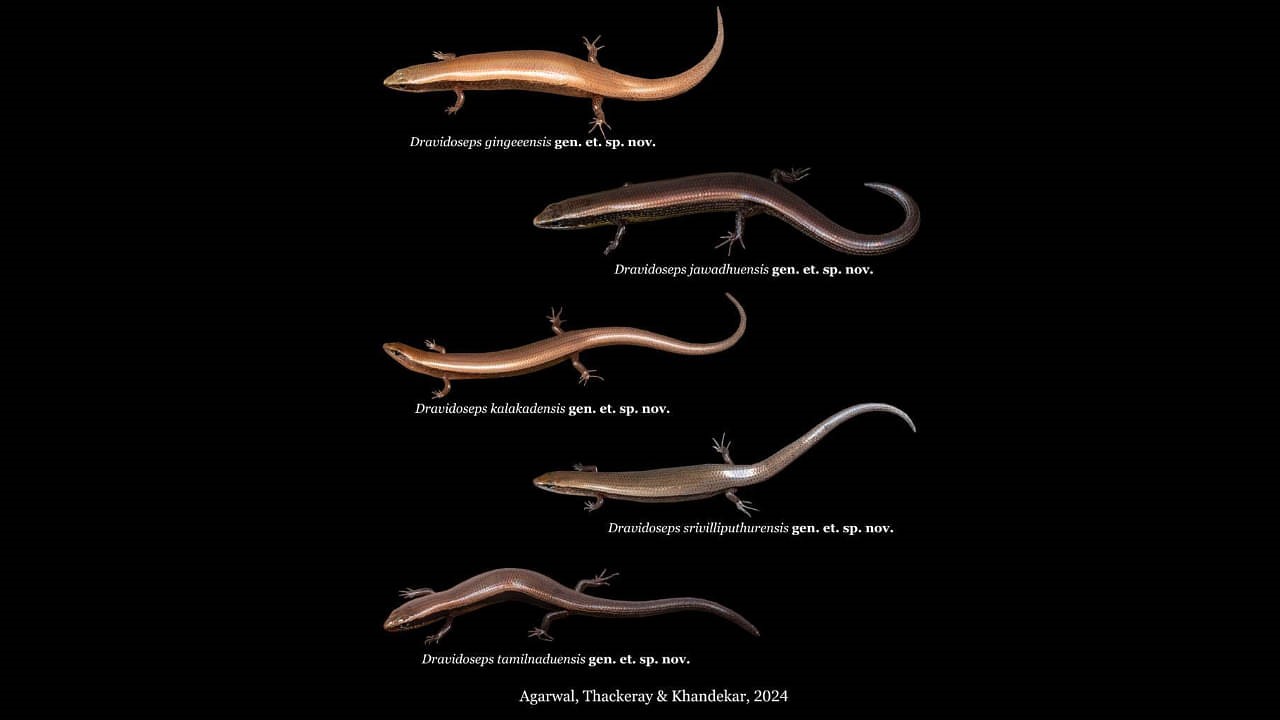Free Courses Sale ends Soon, Get It Now


Free Courses Sale ends Soon, Get It Now



Disclaimer: Copyright infringement not intended.
Context
Discovery
Dravidoseps
Distinct Characteristics of 'Dravidoseps':
Expanded Geographic Range and Significance:
Skinks
Introduction:
Physical Characteristics:
Reproduction:
Diet:
Habitat:
Importance in Research:
Threats and Conservation:
Popular Skink Species:
Human Interaction:
|
PRACTICE QUESTION Q. Consider the following statements. 1.Skinks are exclusively herbivorous and known for their preference for forested habitats. 2.'Dravidoseps' is a genus characterized by viviparity and is found in the forests of Tamil Nadu, Goa, and Maharashtra. 3.Skinks are characterized by reduced limbs or complete limblessness, resembling a snake-like appearance. How many of the above statements are correct? a) Only 1 b) Only 2 c) Only 3 d) All Answer a) Only 1 Explanation
Therefore, out of the three statements, 1 is incorrect. The correct answer is a) Only 1 |
© 2024 iasgyan. All right reserved